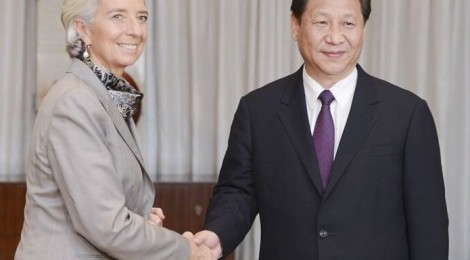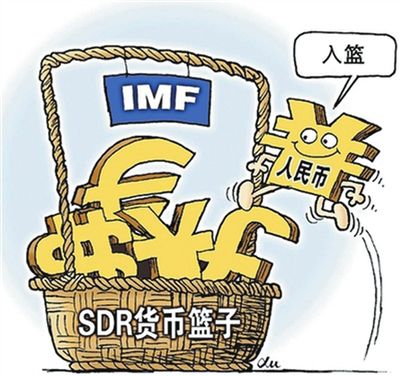
Give to Caesar what belongs to Caesar: China’s RMB to be included in IMF’s Special Drawing Right basket
Every five years the International Monetary Fund (IMF) reviews its decision on which values to add to its basket of reserve currencies or special drawing rights’ basket (SDR). SDRs are supplementary foreign exchange reserve assets whose value is based on a basket of key international currencies which today consists of the US dollars, the euro, the pounds sterling, and the Japanese yen. SDRs were introduced as reserve assets alternative to gold and American dollar to supplement the fixed exchange rates system instituted by the Bretton Woods Conference.
With the collapse of Bretton Woods system the major currencies shifted to floating exchange rate regimes, subsequently lessening the reliance on the SDR as a global reserve asset. Nonetheless, till September 2015, more than 205 billion SDRs – valued $280 billion – have been created and allocated to IMF members (IMF data).
 As main economies now largely rely on capital markets and hard currencies to cover their obligations, SDRs play a rather marginal role and the process of review of the reserve currency basket has always passed unnoticed. But the political meaning this process gained this year has placed it under the spotlight. The inclusion of the yuan to the elite basket represents the acknowledgment of the importance of Chinese economy on the international theatre.
As main economies now largely rely on capital markets and hard currencies to cover their obligations, SDRs play a rather marginal role and the process of review of the reserve currency basket has always passed unnoticed. But the political meaning this process gained this year has placed it under the spotlight. The inclusion of the yuan to the elite basket represents the acknowledgment of the importance of Chinese economy on the international theatre.
The issue has gained worldwide attention also because of the critics of some analysts who argue that the renminbi’s addition to the SDR could carry risks for the credibility of the asset itself. More specifically, they claim that the yuan does not meet all the requirements needed to be added to the basket, which are determined by two criteria. The first is that its issuing country must be a major exporter and the currency widely used at international level. No one disputed that China meets this first criterion. The second criterion is the tricky one, since it is not at all clear if the renminbi meets the requirement to be freely usable. Remaining subject to an extensive control of its capital market and of the exchange rates, the possibility of Chinese currency entering the RDSs raised conflicting reactions.
This event certainly has a political meaning, as it could be interpreted as a form of compensation for the failure of reallocation of the China’s quota share in the IMF, where China, being world’s second-largest economy, is deeply under-represented. In 2010 the US Congress retained its veto power against the increase in the quota shares of the rapidly growing emerging markets, in so doing damaging also the credibility of the Fund.
The election of the renminbi to the SDR status gives a symbolic boost to its global standing, as well as bringing practical consequences: more resources will flow from central banks and sovereign funds to the Chinese currency, and the renminbi will enlarge its presence in official reserves and exchanges at international level. This will also influence China’s paradox of being the world’s n° 2 economic power, yet with a currency which is world’s n° 7 for volume of exchanges, even behind the Australian dollar.
IMF Managing Director, Christine Lagarde, announced that the addition of the RMB will not take effect before October 2016, and will have about an 11 percent weighting in the SDR. This will give the IMF the time to identify a trustful interest rate for the currency, which will not be an easy task after last summer turbulences. Beijing, on its side, committed to release short term bonds every week and to open its bond markets to foreign central banks.




